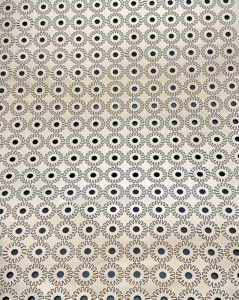Copper-Nickel Chemical Etching
Copper-Nickel chemical etching is popular for marine applications, medical equipment components, and automobile parts.
It’s an alloy of Copper that contains Nickel and strengthening elements, such as Iron and Manganese. The Copper content typically varies from 60 to 90 percent (Monel metal is a Nickel-Copper alloy that contains a minimum of 52% Nickel).
Copper-Nickel is highly resistant to corrosion by salt water, and therefore used for piping, heat exchangers, and condensers in seawater systems.

Copper-Nickel Chemical Etching
Fotofab’s etching process produces designs that can withstand harsh indoor and outdoor environments. The process uses a strong caustic chemical to etch into unprotected parts of a metal surface to create a design or image formed to your project’s specifications.
Characteristics of Copper-Nickel
Copper-Nickel is naturally resistant in seawater due to its electrode potential being neutral in such environments. It also has good working properties, is readily weldable, and considered insensitive to stress. Other characteristics include:
- Silver in color
- Good thermal and electrical conductivity
- Durable and malleable
- Excellent ductility when annealed
- Good thermal expansion
- Beneficial antimicrobial touch surface properties
- Good tensile strength
Fotofab is committed to quality.






Applications of Acid Etched Copper-Nickel
Copper-Nickel is valued for its strength and corrosion resistance making it desirable in a wide range of applications, including:
- Mechanical and electrical equipment
- Marine engineering for power generation, shipbuilding and repair, and systems design and components
- Medical equipment
- Sealing components for hydraulics
- Low-temperature processing and storage equipment
- Cylinder locks and locking systems
Other Factors
- Also known as Cupronickel, Hotel Nickel, German Silver, and Chinese Silver
- Copper-Nickels naturally from a thin protective surface layer over the first several weeks of exposure to seawater and this provides its ongoing resistance
- The alloy has been made and used for over a thousand of years
- Copper-Nickel’s ductility allows it to be fabricated into a wider variety of product forms and fitting
- It will not form electrolytic cells when places in close proximity to other metals within an electrolyte, which is the main cause of galvanic corrosion
